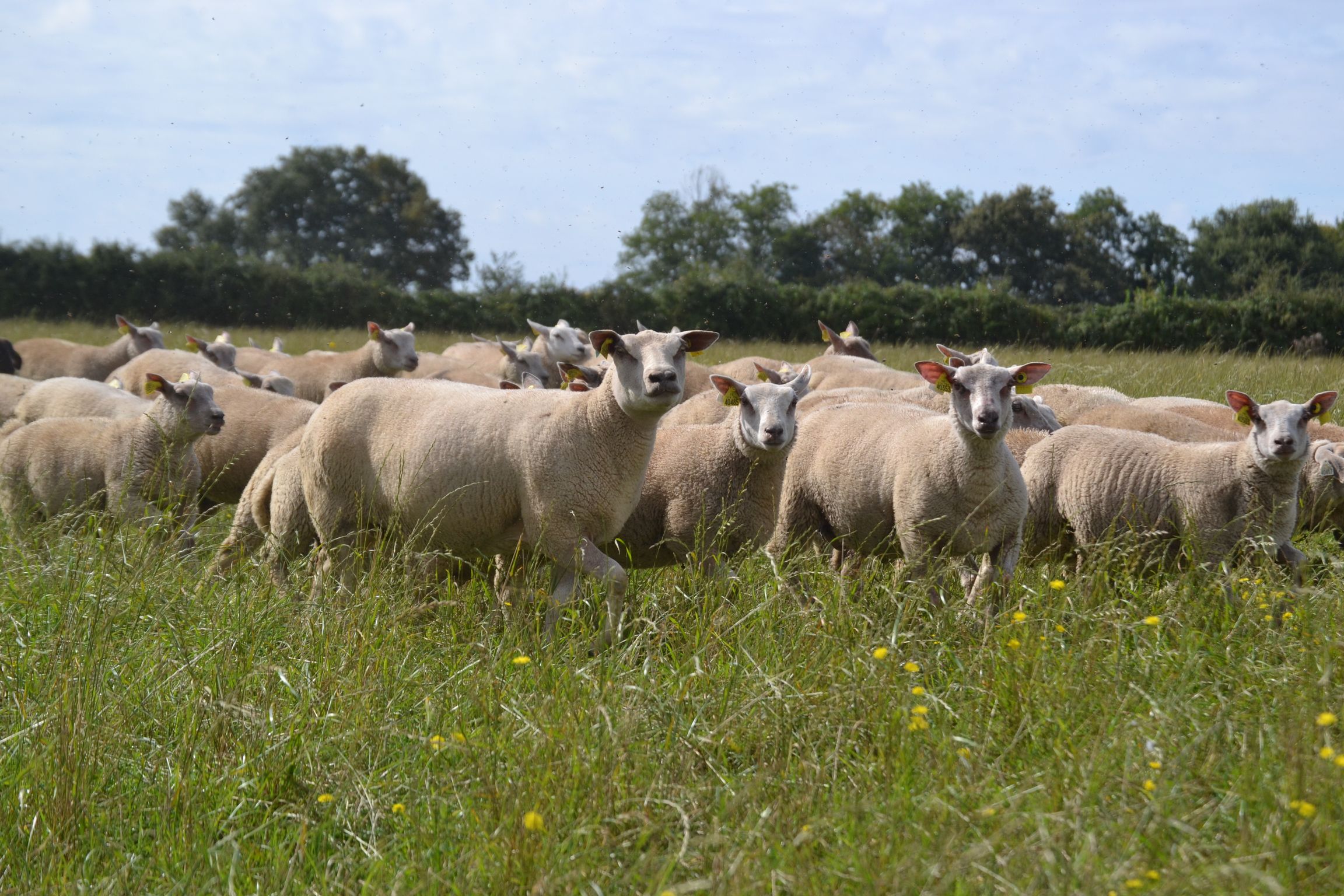
Available from butchers and in supermarkets.
The first written records proving the existence of sheep in the Poitou-Charentes date back to the Middle Ages. Initially reared for its wool, over the centuries it became more and more popular for its delicious meat. At the turn of the 20th century, to respond to its growing reputation, breeders got together and decided to set up free-range systems.
In 2004, the industry obtained a European quality mark, a Protected Geographical Indication (P.G.I.). Now more than 1,000 breeders, seven slaughterhouses and 21 food manufacturers have signed up to this quality process.
It guarantees that a lamb is born, reared and slaughtered in the Poitou-Charentes and its nearby cantons, and that it comes from one of the following meat sheep breeds (Vendéen, Texel, Charolais, Suffolk, Rouge de l’Ouest, Charmoise or Ile de France). The breeding stock’s diet hinges on grazing (a minimum of six months a year). The lamb suckles on maternal milk for at least 60 days and is then fed forage that comes exclusively from the Poitou-Charentes area along with approved supplements produced according to set standards. This diet affects the quality of the meat, which is a pale pink and firm and has a sweet taste.
The Poitou-Charentes is now the 3rd area in France rearing lamb for meat.